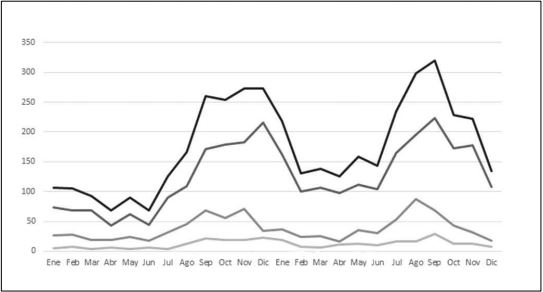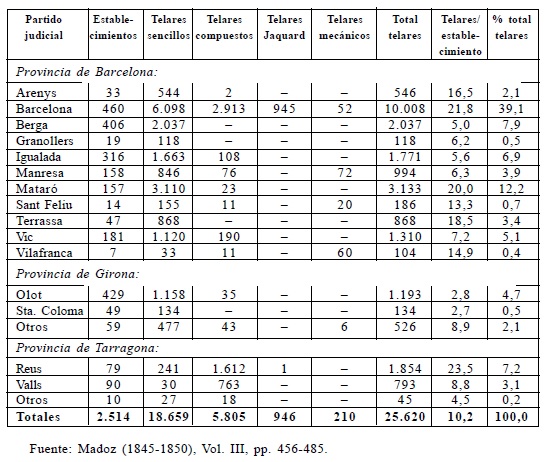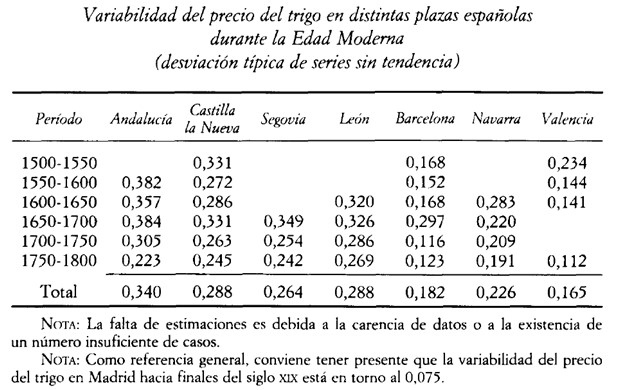
Demographic changes and population trends show a clear tendency towards a general increase in population during the Modern Age. This process can be divided into 3 phases, one of stagnation (1478-1573), another of increase with respect to the beginning of modernity (1573-1600), and finally the maintenance phase with cycles of ups and downs caused by subsistence, climatic and epidemiological crises (1600-1746). The dynamics of Palma de Mallorca were in tune with those of the island. It is calculated that the population of Palma was, in 1503, 30% of the total; a figure that was maintained with small variations during the 16th and 17th centuries (in 1695 it fell to 24% of the total). Consequently, the Mallorcan rural environment was very important, so much so that the population density of the island was among the highest in the Crown of Aragon and Castile at the end of the 16th century.
Collection: Graphics
Project: 3. Rural world and urban world in the formation of the European identity., 4. Family, daily life and social inequality in Europe.
Chronology: XV, XVI, XVII, XVIII
Scope: Secondary Education, Baccalaureate, University
Link: https://www.adeh.org/revista/2019,%201/2%20Gari%20RDH%20XXXVII-I-2019.pdf
Resource type: Graph
Format: Line chart
Source: Garí Pallicer, M. G. (2019). “Población y escasez en Palma de Mallorca durante el siglo XVII”, en Revista de Demografía Histórica, XXXVII, 1, p. 55.
Language: Spanish
Date: 2019
Owner: Pablo Ballesta Fernández (Modernalia)
Copyright: ©Revista de Demografía Histórica ©Miguel Gabriel Garcí Pallicer
Abstract: Population growth in an urban island environment. Population growth and density
Tags








